Exhibitions, Projects

STARTS Exhibition
The S+T+ARTS = STARTS initiative is a program of the European Commission launched in 2016 to encourage synergies between the arts and technology to support innovation in industry and society. At the festival, Ars Electronica presents the STARTS initiative and a selection of the prizewinning and nominated works of STARTS Prize 2019.
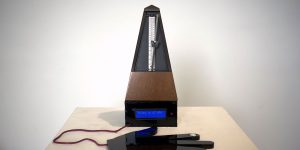
Rhythm of the Heart
Nicole Robson (UK)
Inspired by artistic activities that bring new life and meaning to everyday objects, Rhythm of the Heart is an interactive installation that repurposes a metronome to move in time with our heartbeat. It reverses our relationship with the object and exacts a kind of revenge as the metronome fights against its pendulum mechanism to swing in time with our internal rhythm.
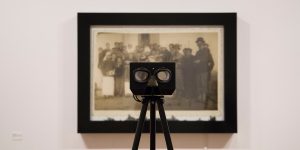
Wandering Gaze
Ana Teresa Vicente (PT)
The Wandering Gaze project explores the relationship between the observer’s gaze and an image through eye-tracking technology. The installation allows the viewers’ gaze to be materialized into a tangible path that will erode the surface of a photograph. The image is thus a performative space, as the viewers’ gaze is invited to wander about and explore it, contributing to the piece even while causing its deterioration. Developed with the technical assistance of MILL (Tiago Rorke, Maurício Martins and Pedro Ângelo).
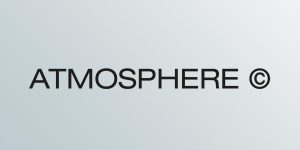
ATMOSPHERE ©
Sean Terriblini (AU/US)
ATMOSPHERE © is a design intervention which explores the future potential of AI in new aesthetic dimensions by visualizing the anthropogenic pressures of urban environments such as air pollution. Through ritualistic interactions with a totemic object utilizing machine learning and a global network of air pollution sensors, the object is capable of forecasting air pollution levels 24 hours in advance, allowing audiences to re-interpret their faith in technology through a lens of technoanimism and divination.
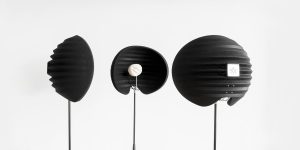
Gallery Spaces
The Gallery Spaces Program, deliberately written in the plural, brings a large number of international galleries and collections with their different positions on digital art to the Ars Electronica Festival. But there is more to it than showing digital artists represented by galleries: it is above all about the changing conditions of creating and marketing art under the impact of digitalization.

Fluid Format Creation – Implications for design research and teaching
Academic Design Network Austria
SUN 8.9. | 10:00 – 13:00 The third day will focus on the implications of previous discussions for research and teaching in the field of design. How do we convey the skills and knowledge necessary to deal with the rising complexity of contemporary challenges.
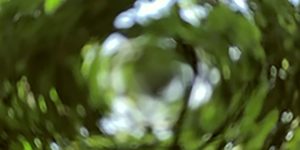
Beyond Death
Chenyu Zhou (CN)
This project looks at transhumanism as a quasi-religion. Although this idea might be considered extreme, some transhumanists believe firmly that technology can transfer human attributes to machines which can enhance human physical potential and even extend longevity.

Deep Space 8K
The Ars Electronica Center offers its visitors something that cannot be found anywhere else in the world: 16 x 9 meters of wall and another 16 x 9 meters of floor projection, laser tracking and 3D-animations make the Deep Space 8K something very special indeed.
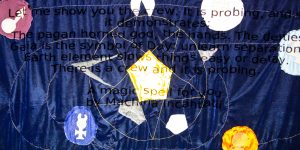
Machina Incantatii
Anna Nolda Nagele (AT)
The work Machina Incantatii is a wall hanging made of conductive yarns and fabrics that combines physical and representational materials into an interface for a magical ritual. By touching the conductive patches on the cloth, powers assigned to the elements of this world and energies of the universe are called upon to generate new knowledge and meaning.

Understanding AI
Artificial intelligence versus natural intelligence – what are the differences and what do they have in common? How do machines “think,” how do they learn, and what distinguishes us humans from machines? Artificial intelligence in all its complexity is a central focus of the new Ars Electronica Center; after all, this technology is setting off a revolution that will affect our lives in ways that cannot be overestimated.


